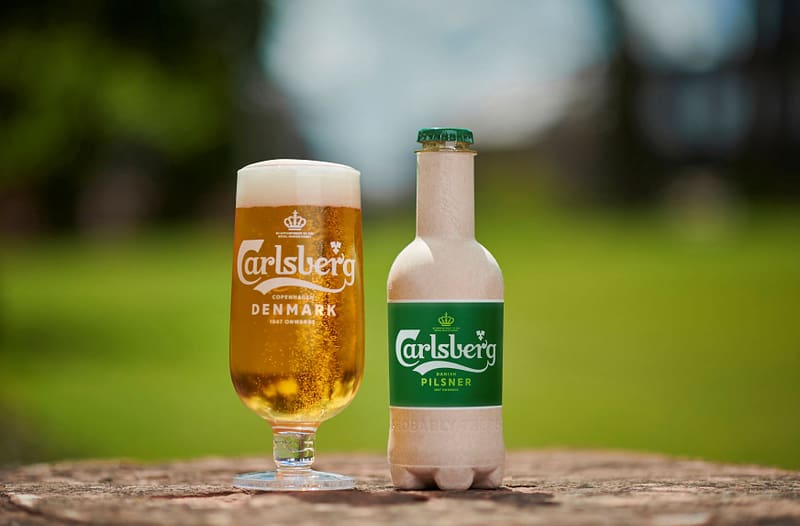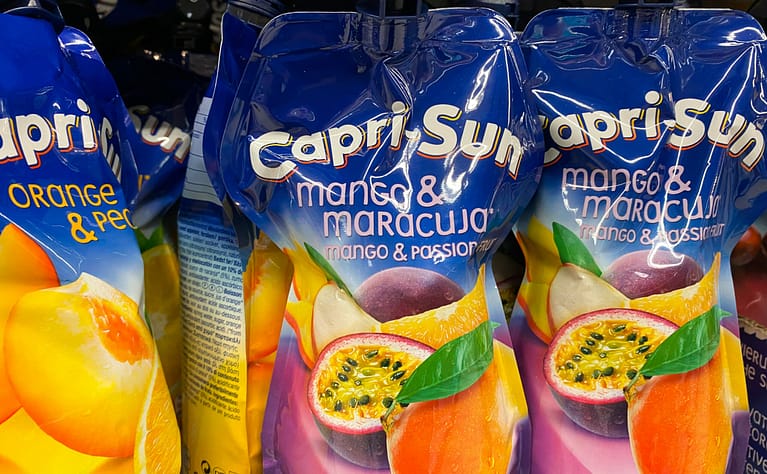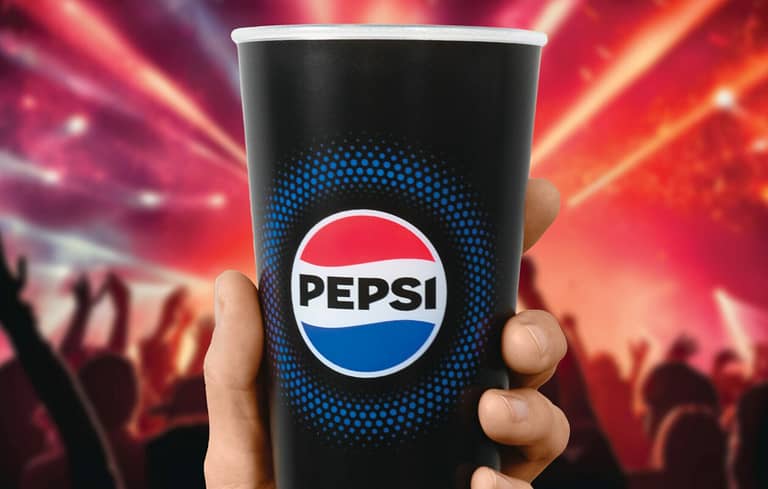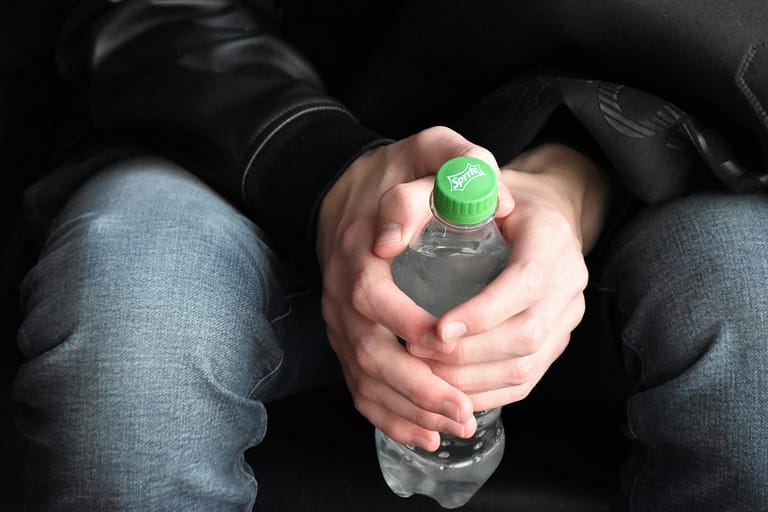Image source: Carlsberg Group
Carlsberg’s Paper Bottle Trial: Paperization dominates in more than one discipline
Thomas Reiner | 26.08.2022
Carlsberg is launching a trial of its new “Next Generation Fiber Bottle” for beer in eight Western European markets. According to the world’s third-largest brewing group, the new “paper bottle” features a PEF plant-based polymer lining that can be both composted and recycled in existing plastic cycles. The new packaging is thus not only intended to pay dividends in terms of climate protection, where glass has a significant CO2 disadvantage compared to paper, at least in disposable form. It is also intended to exploit its recycling advantages over plastic. Paperization currently dominates in more than one discipline. The opportunities for the packaging industry are significant.
Carlsberg launches its pilot project with 8,000 consumers and stakeholders in Denmark, Sweden, Norway, Finland, the UK, Poland, Germany and France. The new generation beer fiber bottle will be used at selected festivals and flagship events, as well as in targeted product sampling.
First generation fiber bottles
- The paper bottle 1.0 was used, for example, for premixed cocktail drinks from “The Absolut Company.” It was made of about 57 percent paper, had a plastic mouthpiece and an inner PE barrier.
- The first-generation fiber bottle could be recycled in some paper streams, although the plastic portions were not recyclable.
Second generation fiber bottles
The Fiber Bottle 2.0 was developed by Paper Bottle Company (Paboco), Avantium and other members of the paper bottle community.
The inner barrier
- According to Carlsberg, the bottle features a plant-based PEF polymer liner from Avantium.
- The manufacturer states that the PEF is made entirely from natural raw materials and is compatible with plastic recycling systems. Outside of recycling systems, the bottle is said to degrade naturally.
- According to Carlsberg, the new PEF barrier is not only a highly effective barrier between beer and the fiber outer shell. It also protects the taste and effervescence of the beer better than conventional fossil-based PET plastic.
The outer shell
- According to Carlsberg, the outer shell has insulating properties that keep the beverage cooler for longer compared to cans or glass bottles.
- It is produced by Paboco and is made from sustainably sourced wood fibers, according to the company.
Closure is a sticking point
- The closure of the fiber bottle is made of non-biobased plastic. However, it is fully recyclable, according to Carlsberg.
- To ensure the quality of the product, it is not possible to resort to a bio-based solution, it said.
Third-generation fiber bottles
- For future generations of the Fiber Bottle, Carlsberg aims to achieve a reduction in climate emissions of up to 80 percent compared to current disposable glass bottles. Five Fiber Bottles are then expected to have the same carbon footprint as their single-use glass counterparts.
- In a further step, the Fiber Bottle should also be competitive with returnable glass and achieve the same, low CO2 footprint.
Paper and reusable trump plastic and glass disposables
From the point of view of climate emissions, returnable glass is obviously the measure of all things at present. Compared to the disposable glass variants, however, the paper bottle is superior in terms of CO2 and links well to Carlsberg’s new ESG program of targeting net zero carbon emissions by 2040.
It is therefore not surprising that solutions made of paper and reusable systems are securing more and more market share and are the focus of innovations in beverage packaging.
However, the recyclable paper bottle not only pays off in terms of climate protection. Especially in comparison to plastic, it also plays out its advantages for the circular economy. It’s the familiar mantra: as long as the cycles for plastic are not closed, the die is cast.
Circular economy, environmental and climate protection: the paper bottle has the potential to poach in more than one discipline.
The opportunities for the packaging industry are significant.




